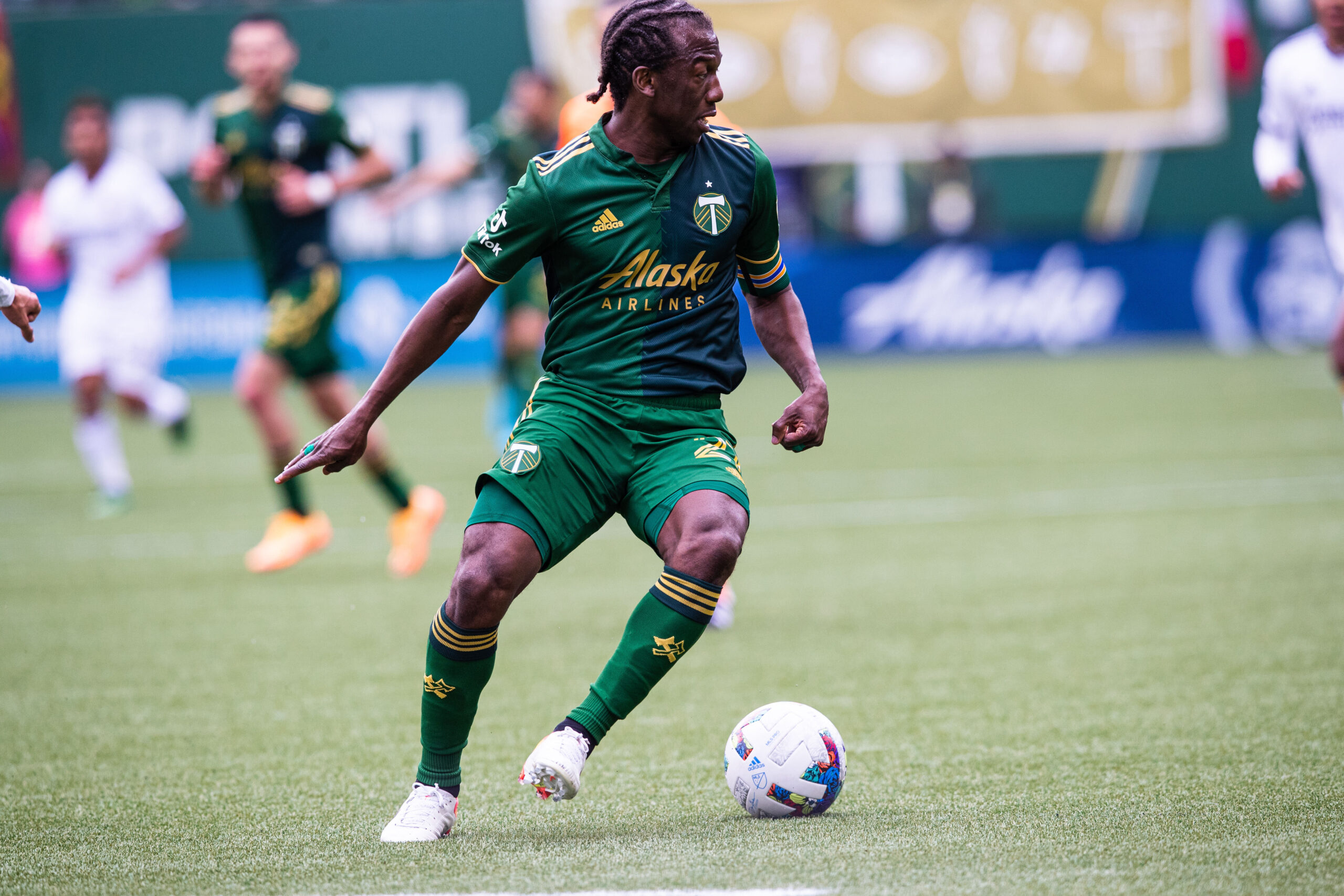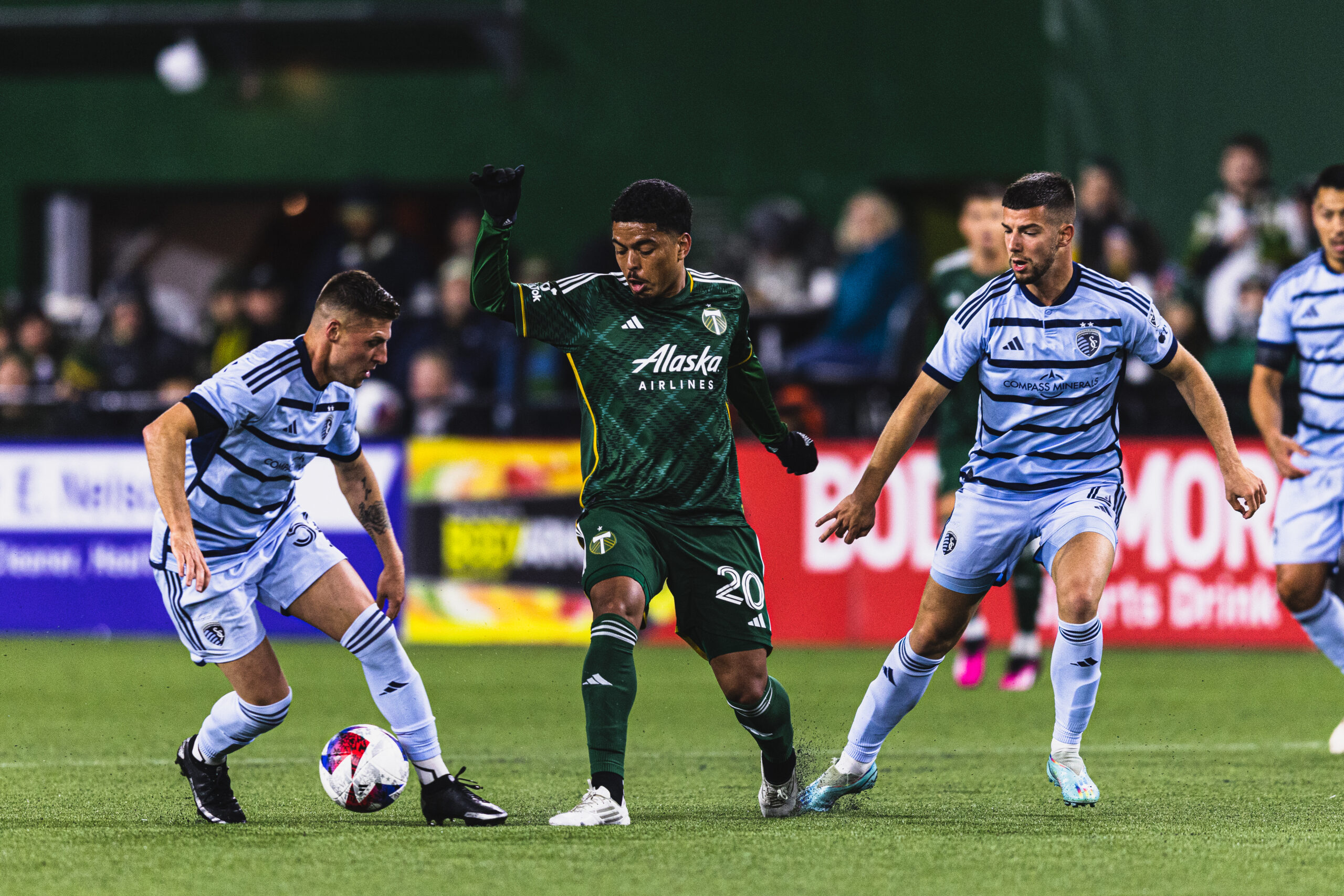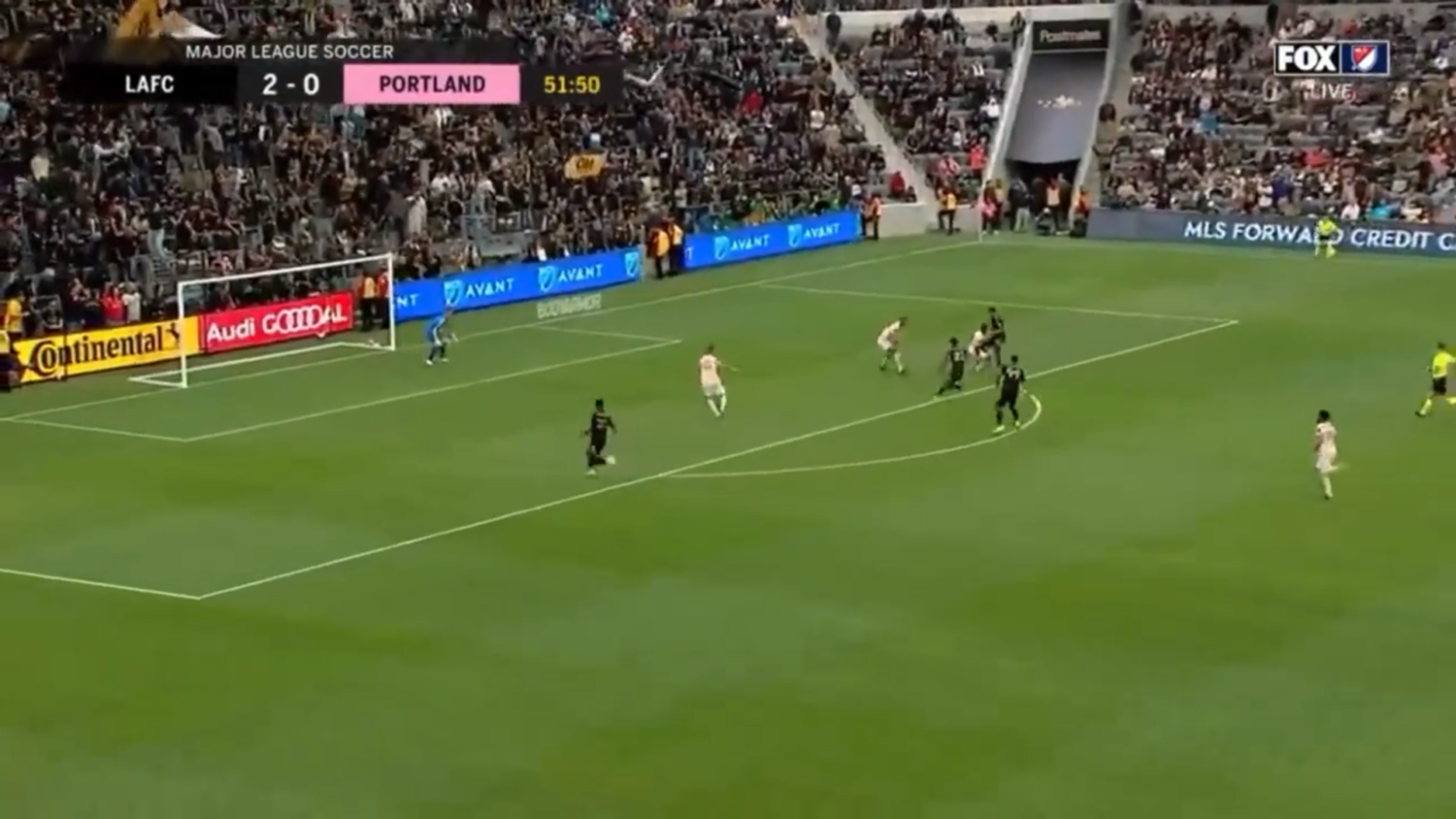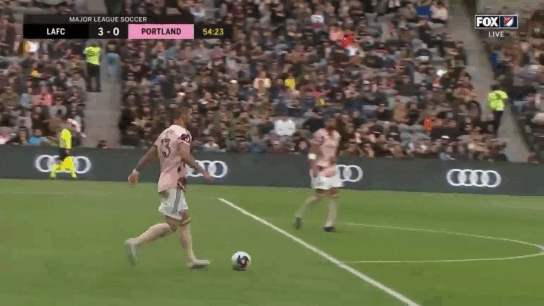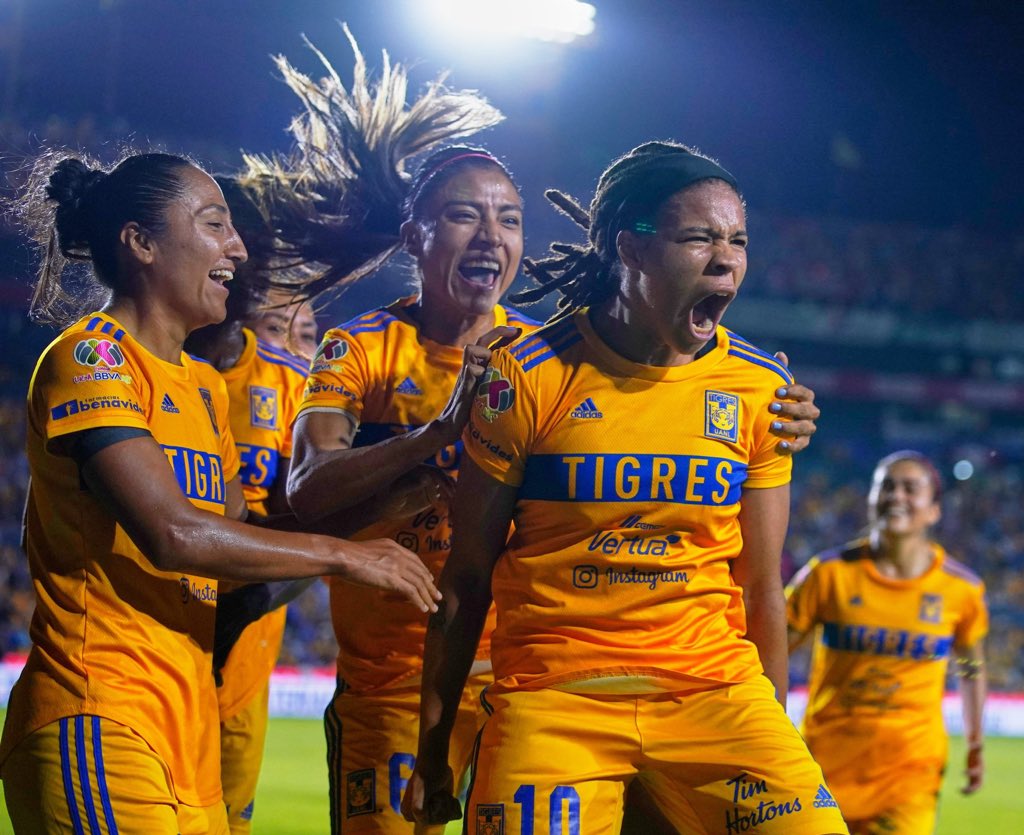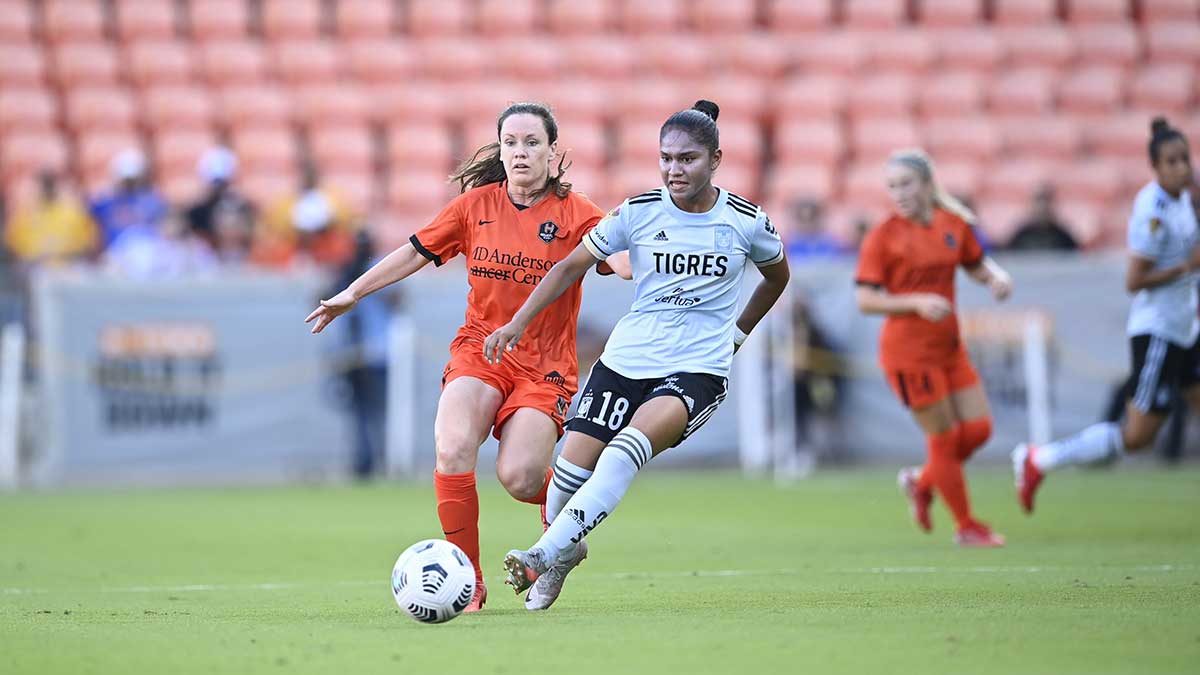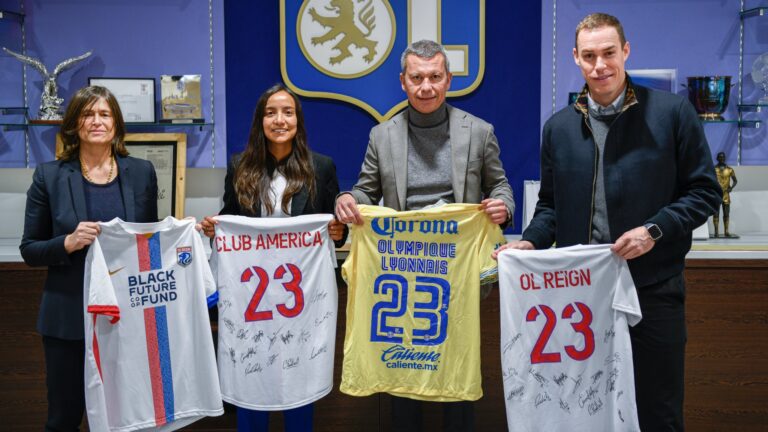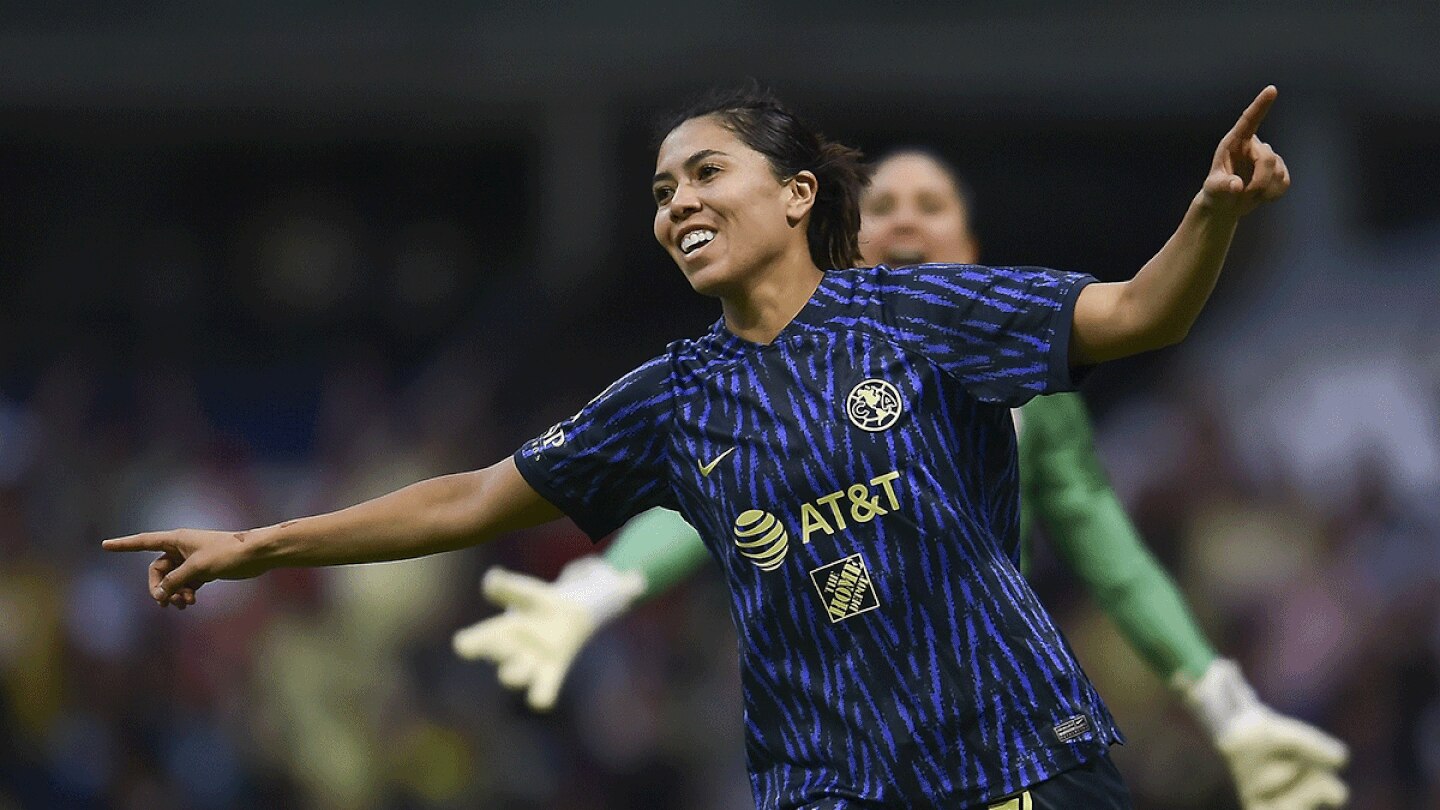The Timbers got a draw at home on Saturday night.
After winning on the road against St. Louis, it looked like Portland would be more than capable of getting another three points at home, but Austin came up from behind twice and got the equalizer in stoppage time.
The one that got away? Let’s analyze the game and see.
Some changes in the lineup
Timbers head coach Gio Savarese had to make changes in the starting XI after the game against St. Louis. David Ayala was among the absentees (ICYMI, Ayala’s season is over after tearing his ACL. The Rose City Review wishes him the best in his recovery process.)
📰 | Update on the injury to David Ayala
Wishing you a speedy recovery, @davidayala021 💚#RCTID
— Portland Timbers (@TimbersFC) May 2, 2023
Center-back Zac McGraw also missed the game due to an accumulation of yellow cards, and defender Eric Miller was out due to health and safety protocols.
Given these absences, Larrys Mabiala, Claudio Bravo, and Christian Paredes were on the field from the start. This match had two defenders scoring and Evander having another great game and distributing the ball from the midfield.
Timbers missing chances
It is safe to say that Franck Boli was the hero over a month ago, when he scored the equalizing goal against Dallas FC in the dying minutes of that game.
Boli got the start in this match, but despite a number of the clear chances, he couldn’t put any in the back of the net.
Nonetheless, despite Boli’s misses, the most clear chance of the first half happened in the ninth minute. This chance, which Juan David Mosquera missed, had the highest xG of all of Portland’s shots—12.54%, according to Opta. Props to him for pressing high to recover the ball in the first place and then stay engaged in the play, nonetheless.
In the absence of McGraw
McGraw has cemented his spot in the Timbers’ starting XI, and his absence was felt. And although it is true that Mabiala was the one marking Will Bruin and ergo, let him head that ball to tie the game in stoppage time, there wasn’t much more Mabiala could’ve done.
If we look at the video below, the problem is actually before the cross. Diego Chará lets Ethan Finlay turn, and Finlay passes the ball to Owen Wolff, who ended up serving that ball to the far post. These kinds of dangerous crosses have a high probability of putting a team in trouble when they defend in a high zone like the Timbers did in the last minutes of the match.
“It was too many crosses in the last 15-20 minutes,” Timbers center-back Dario Župarić said. “It’s not easy to play one-v-one inside the box. The guy who scored [Bruin], he’s really good with his head, and he always scores goals like that. It wasn’t easy to mark him.
“First, we need to prevent that cross,” Župarić said, “and then I think Larrys [Mabiala] stayed with him. It was a perfect ball and he scored the goal. If I was in Larrys’ position, I think I would stay the same as he stayed. For me, he marked [Bruin] good.”
Still, Mabiala’s stats for this game are pretty good. He was first in duels and aerial duels won, as well as in clearances and interceptions. And he was third in passing accuracy after Župarić and D. Chará.
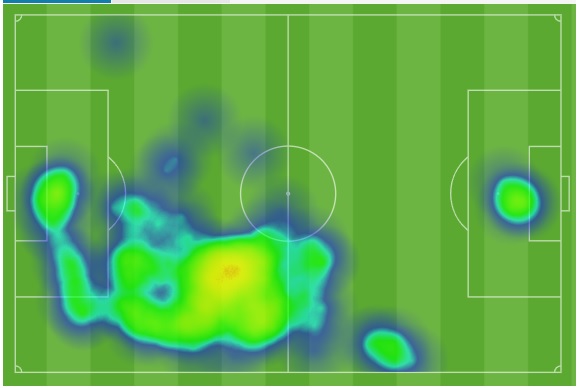
Evander keeps making an impact
After being included in the Week 10 MLS’ Best XI, Evander showed once again why he’s one of the players to watch in Portland.
“I think we can all concur in the fact that every game he is getting better,” Savarese said. “We’ve seen that he’s getting more comfortable, he’s getting better, he’s looking more for the ball, he’s looking to be the person that is dictating the ball and that is managing the situations a little bit better. We see that he’s adapting to the league. We saw a couple of moments where he found good spaces toward the end in order to hurt them and increase opportunities.
“I think we see every game something better from him,” Savarese said, “so it’s good.”
Evander might have not had shots on goal against Austin, but he created three chances in the match—the same amount as the rest of the team—and two of those were the assists that led to Župarić and Claudio Bravo’s goals. The Brazilian also registered three successful crosses.
All that made him worthy of being included in the MLS Team of the Matchday Bench for Matchday 11.
Heatin' 🆙@OficialEvander lands himself on the @MLS Team of the Matchday Bench for Matchday 11 👏#RCTID
— Portland Timbers (@TimbersFC) May 8, 2023
Župarić scores his second goal in three years
The opening goal of this match was great. Evander’s ball was exquisite, and the header by the Croatian was great. Nonetheless, what he said in the post game press conference was equally good.
This assist from Evander. 🏹
Dario Župarić finishes it off to give @TimbersFC the lead.
Tune-in now on #MLSSeasonPass: https://t.co/pyTFM1wt2F pic.twitter.com/kMSs66DDA1
— Major League Soccer (@MLS) May 7, 2023
“I didn’t know how to celebrate,” Župarić said. “That’s for sure. I’m happy, but unlucky we conceded that goal at the end. I don’t care about my goal. I don’t like scoring goals. I like to keep zero [goals conceded]. I just closed my eyes and scored the goal. I don’t do that often, but it happened. I don’t like to score goals. For me, it’s important to win the game and we need to think about that to win games.”
Župarić also got a knock from an opponent’s knee, and everyone was concerned about him. He was the opposite. “I like that,” said about the knock. “I like to be a fighter and get some kicks on my head. When I see blood on my arms and on my shirt, I was happy.”
What can we say? The guy is certainly a warrior.
The verdict
Coach Savarese shared some very interesting thoughts after the game. One of those things was that they left the game “lingering at the end.” The Timbers couldn’t close the game. They didn’t play smart defensively and kept letting Austin cross balls until they found the one that Bruin headed.
It was a true shame that made feel this draw like a loss. That’s also why the coach also said that they need to be more pragmatic and manage moments a little better.
After winning against Seattle and St. Louis, it was expected for them to get three points at home against a team that is at the bottom of the table.
Of course, Portland had their good moments and we could say that in way they overperformed (they had a xG= 0.78 and scored two goals nonetheless) but still. The Timbers cenrtainly let this one got away.
Despite the Timbers playing better than before, they’re still wasting opportunities and letting points slip away due to a lack of concentration.

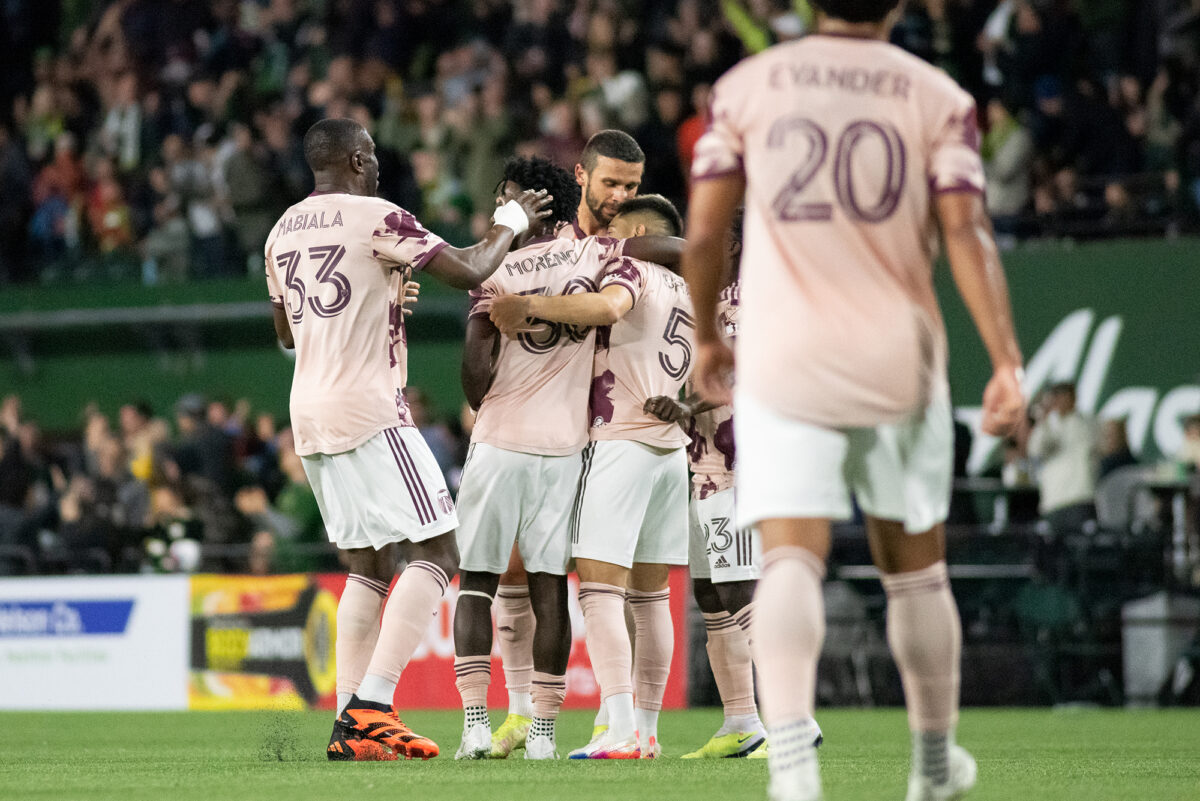
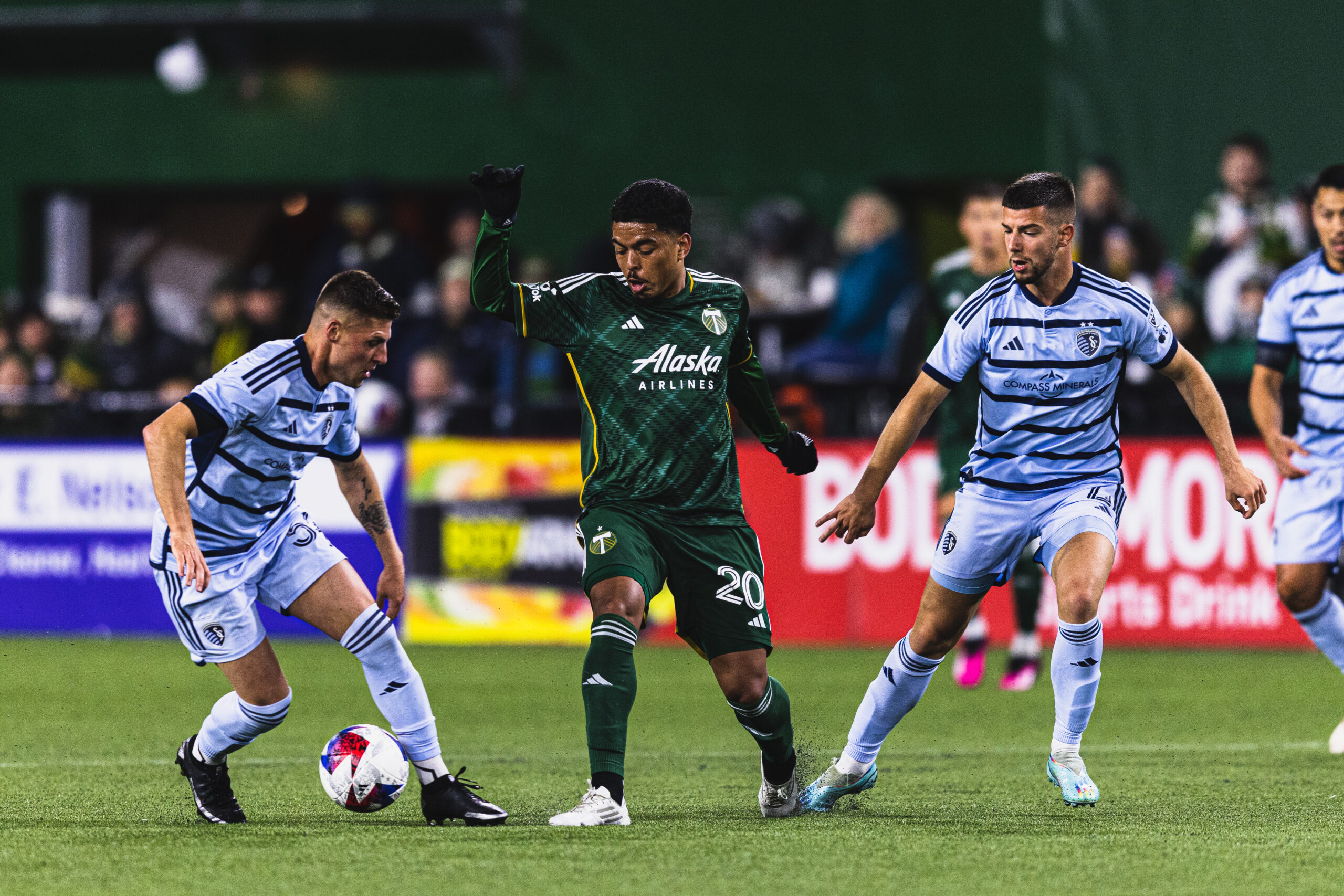
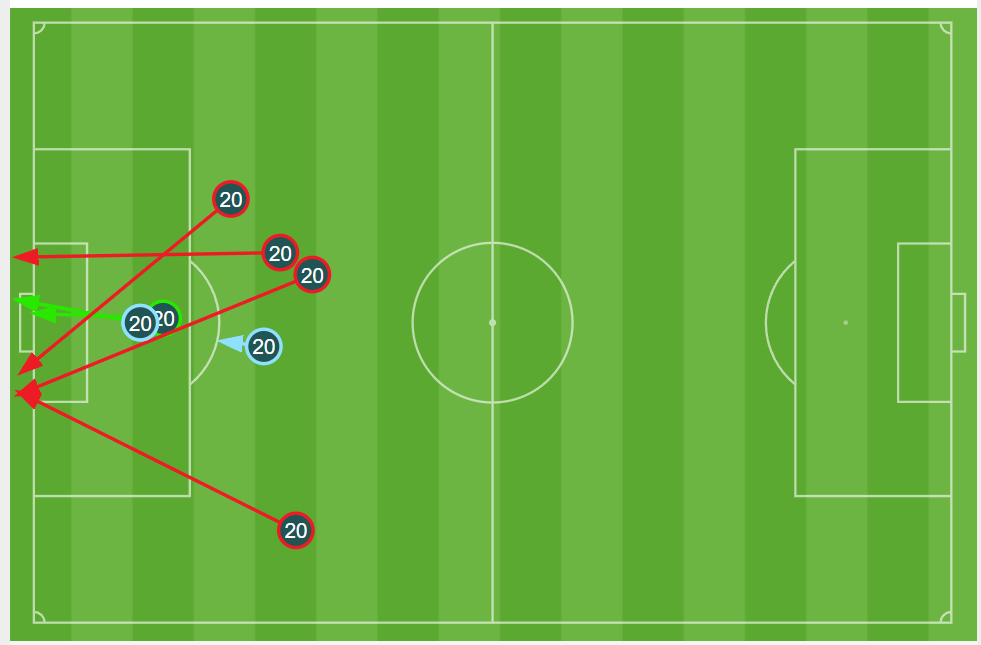
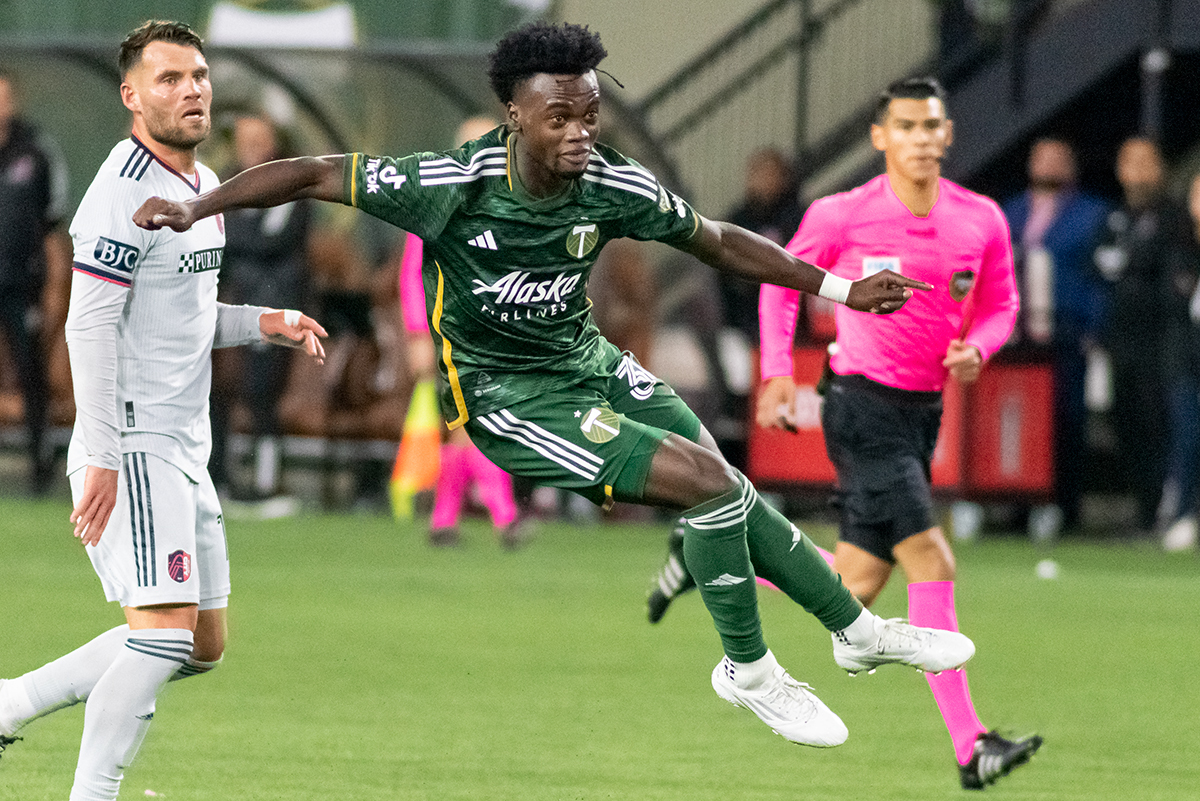
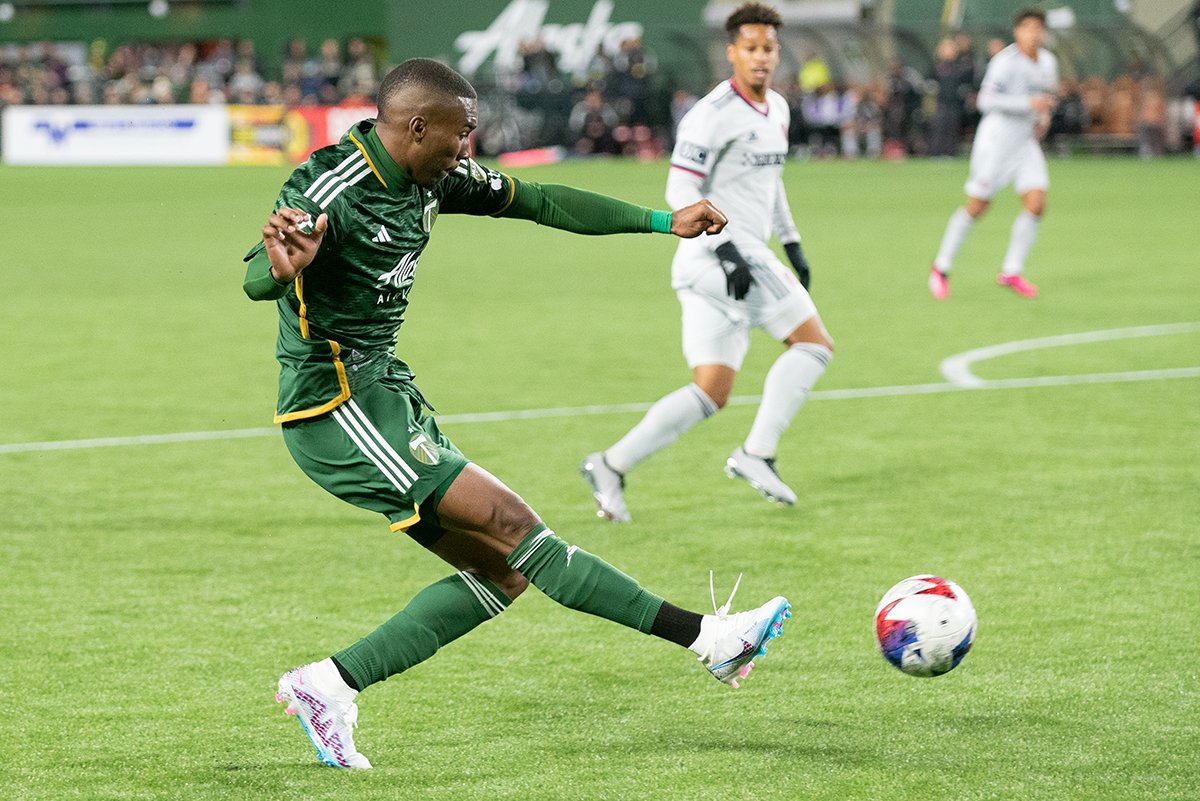

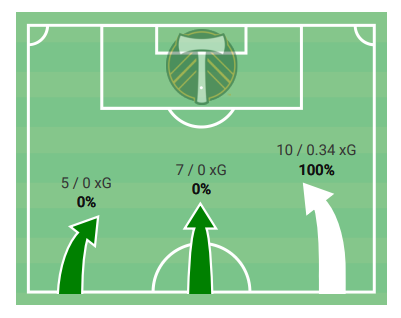
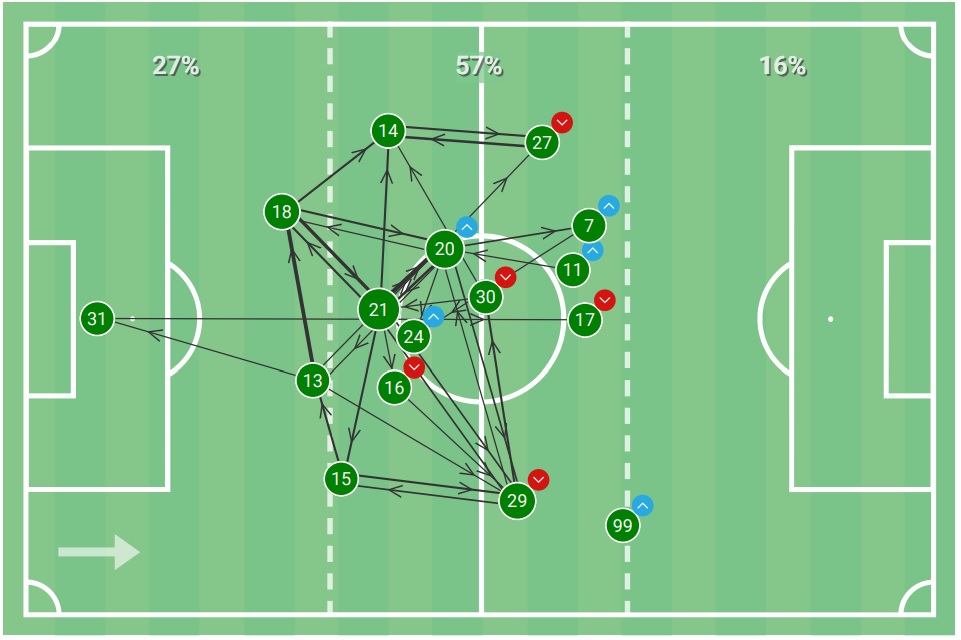
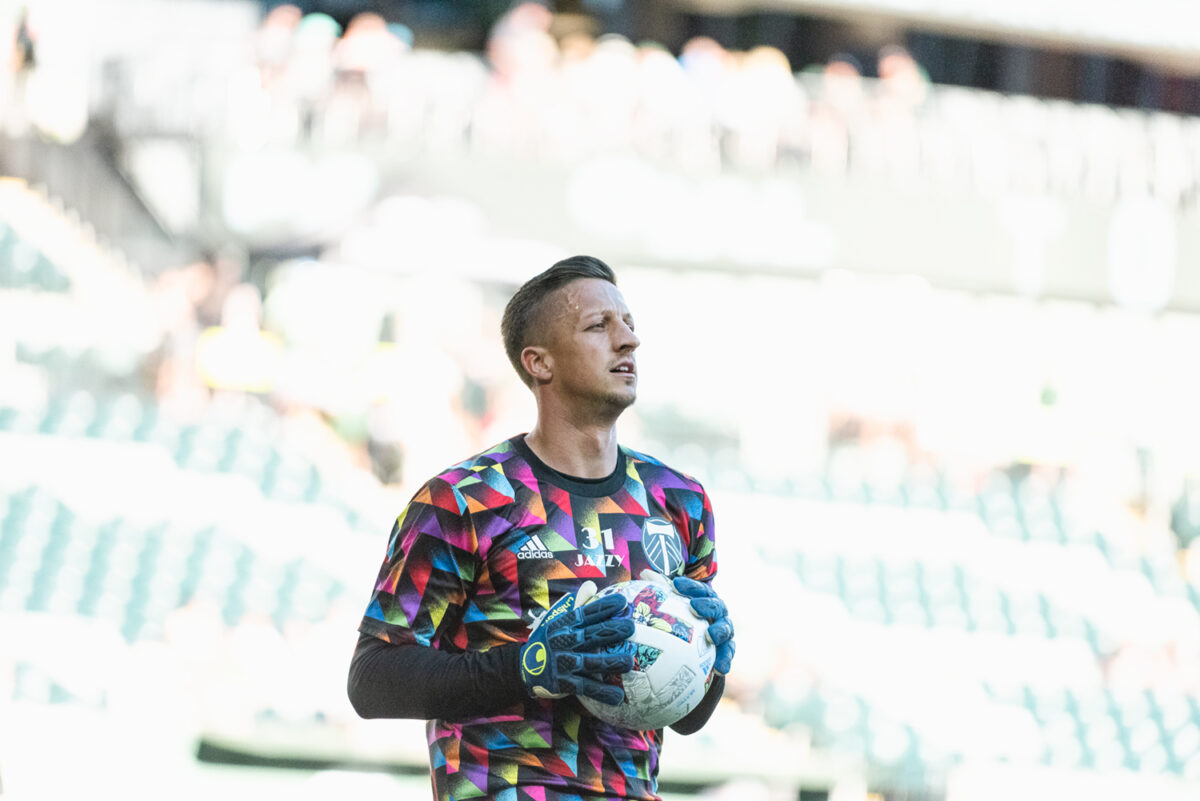

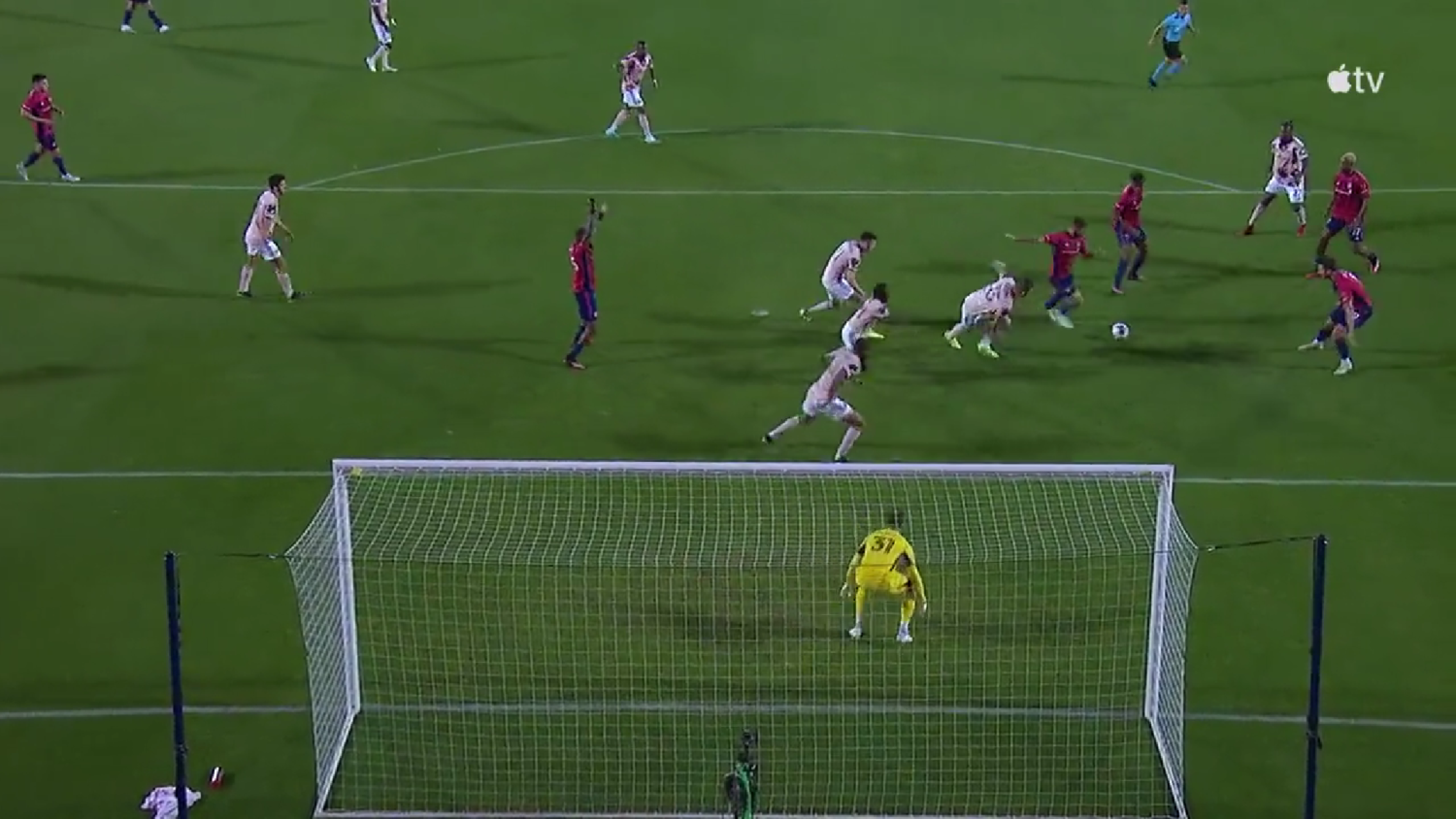
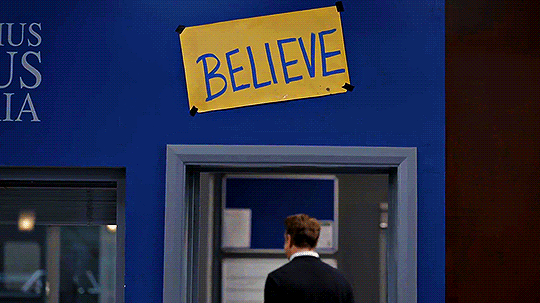
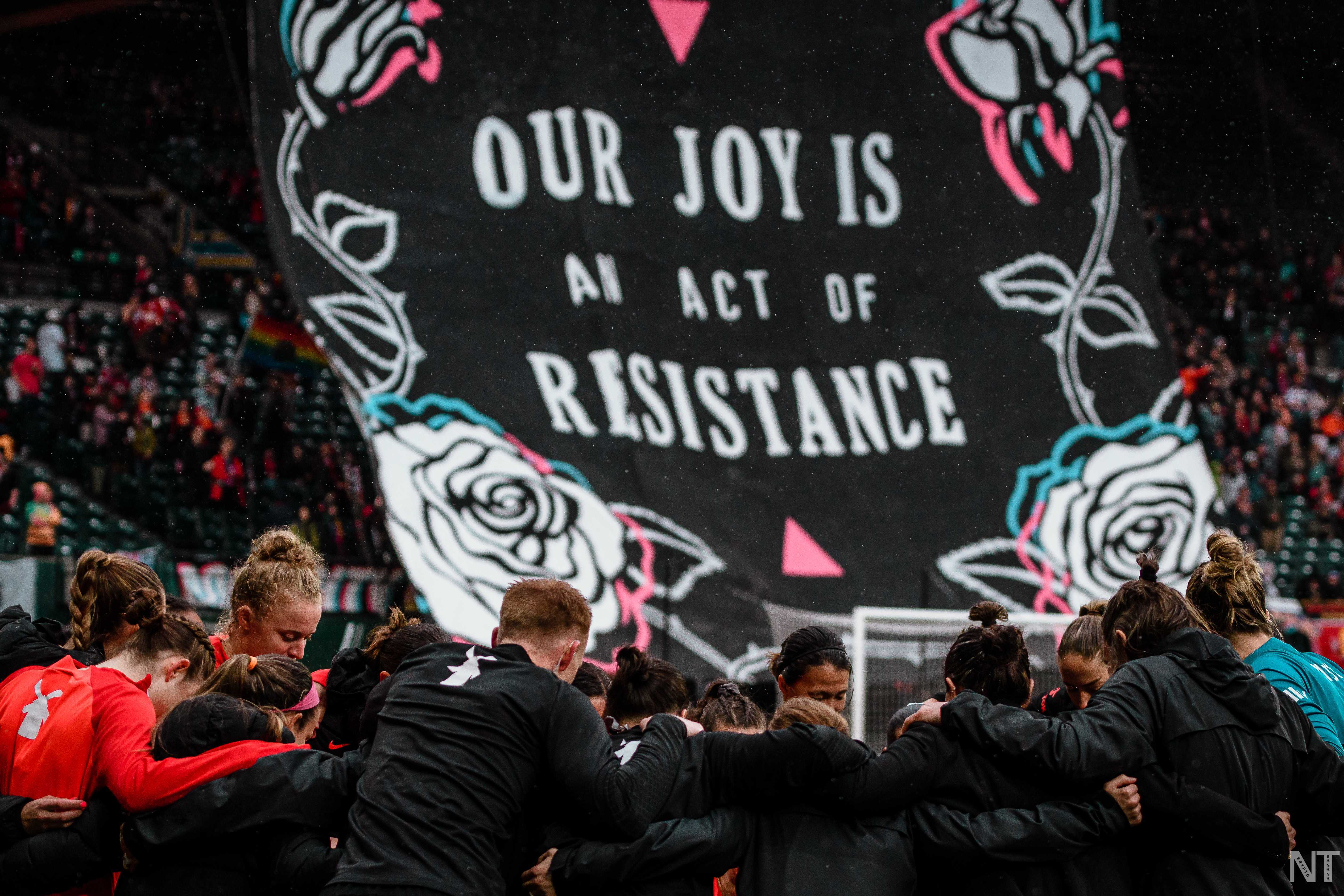
 Unlock with Patreon
Unlock with Patreon